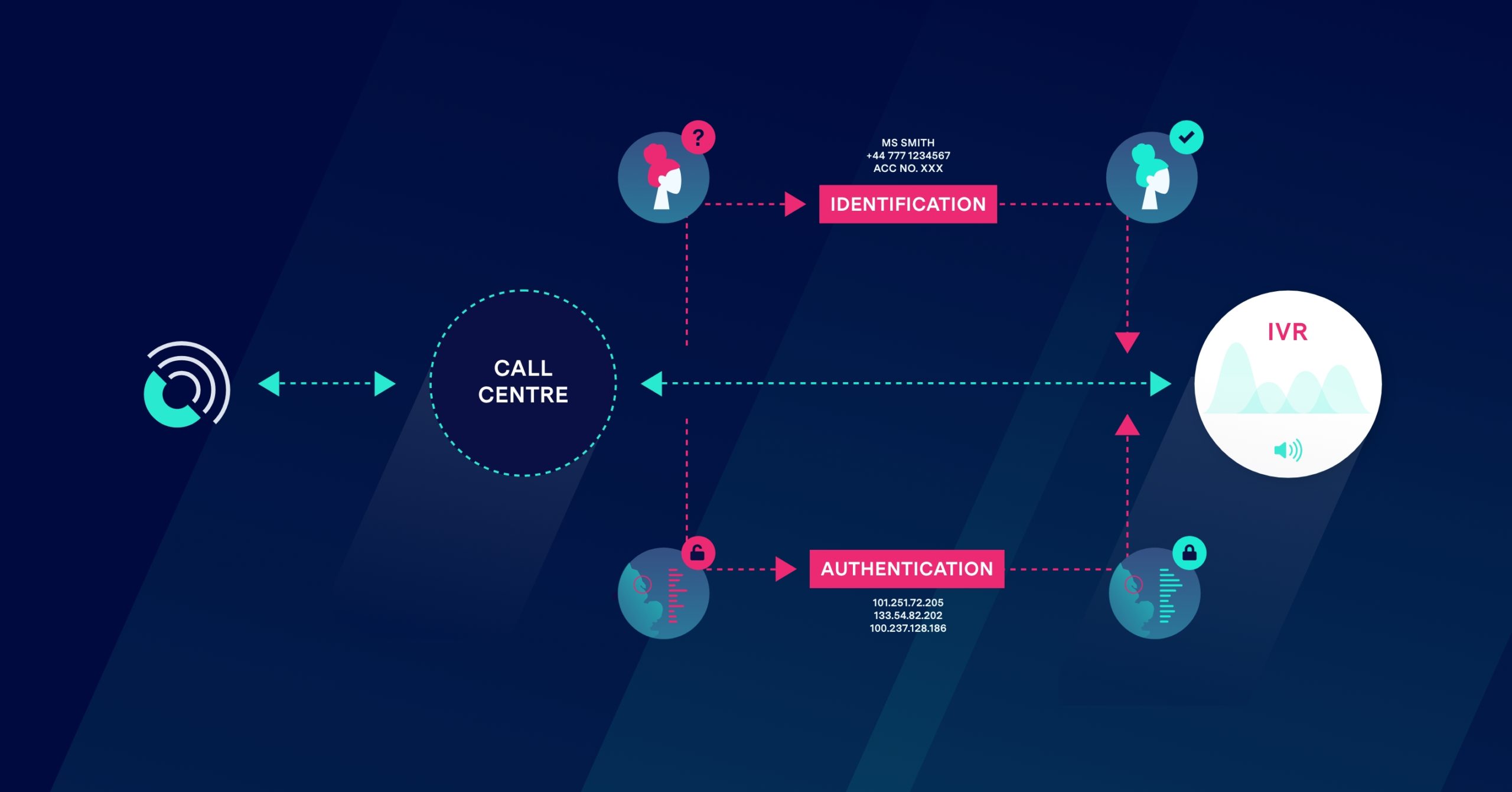Every call centre needs to be sure that the person on the end of the phone is who they are claiming to be for most if not all calls. Even if goods, services, or money are not at immediate risk, some personal data is inevitably used in conversations between companies and their customers. Call centre leaders have a legal and moral responsibility to stop it from falling into the wrong hands.
The well-intentioned response to an organisation’s obligation to authenticate customers too often involves the nonsensical security processes we are all experience daily. Where our date of birth and mother’s maiden name are considered to be so secret and unknowable to anyone else (apart from the three other call centres you’ve spoken to this week) they are still regarded as the keys to the kingdom. Or we are forced through the mental gymnastics of figuring out the seventh and twelfth letter of the password we use with every organisation and online site. Some organisations even put us through the physical contortion of trying to read (and then input) a four-digit code from a text message they’ve sent to the same device we are trying to talk to them on.
It’s not that there aren’t better solutions. It’s just that most organisations haven’t chosen to implement them. They’ve tolerated the status quo for so long that many of their executives have become blind to the enormous cost, sometimes up to 20% of all talk time, and opportunity for better customer conversations lost through these completely ineffective processes. Sure, big banks have their fancy Voice Biometrics systems. Yet, the very nature of that technology, where a customer needs to enrol a voiceprint before being authenticated, makes it impractical for many organisations.
Perhaps consumers are to blame. Whilst we love to hate these processes, whose terrible customer service story doesn’t start with the security process and get worse from there, we are powerless to demand better. In practice, a surprising number of customers vote with their feet after a poor security experience.
The solution is right in front of us: Network Intelligence
The solution for most organisations has been sitting under their noses for a long time. Nearly every call we receive is already associated with an inbound number or caller identifier. We’re more than happy to answer our mobile phones with the caller’s name when it’s in our address book but refuse to let our call centre agents do the same for our best customers.
The more observant reader will remember we recently wrote about the many reasons not to trust number identification services. Yet, the reality is that there are exceptionally cost-effective technologies that solve the trust problem and give you confidence for 95% or more of the numbers you receive. In addition to the displayed number in a call centre platform, every call has an enormous amount of signalling data used to route it across the telephone network. Every hop leaves a tell-tale signature that is near impossible to fake without breaking the connection of the call itself.

From Network Intelligence to Network Authentication
This ‘metadata’ is unintelligible to me or you, but when you have enormous amounts of it, you can identify the patterns consistent with a genuine customer call and those that may have been faked or originated from a suspicious location despite their advertised number. The technology has been proven over the last decade and is responsible for most telephone fraud detection in retail banking. When associated with the telephone numbers most of us already hold for our customers, we can use it to authenticate their possession of their phone.
Using machine learning and network signalling data to identify anomalous behaviour so that we can trust a caller’s number is called “Network Authentication.” For companies that don’t have the benefit of frequent repeat callers or multiple enrolments of voiceprints, we expect it to be all the authentication required to complete the vast majority of service interactions for businesses of all sizes. Not only is it a vast improvement over the time-consuming, expensive and insecure knowledge-based authentication dance. It is a stronger line of defence against fraud loss and unwanted access to personal information.
You can read more about Network Intelligence in our eBook: “Network Intelligence A Modern Approach to Authentication and Fraud Prevention”
Matt Smallman is the author of a new book “Unlock Your Call Centre: A proven way to upgrade security, efficiency and caller experience” which includes a step-by-step process for understanding how your current security processes perform and how to effectively implement Network Authentication. It’s available now in paperback and electronic format. You can find out more and read a free chapter at https://www.unlockyourcallcentre.com/


